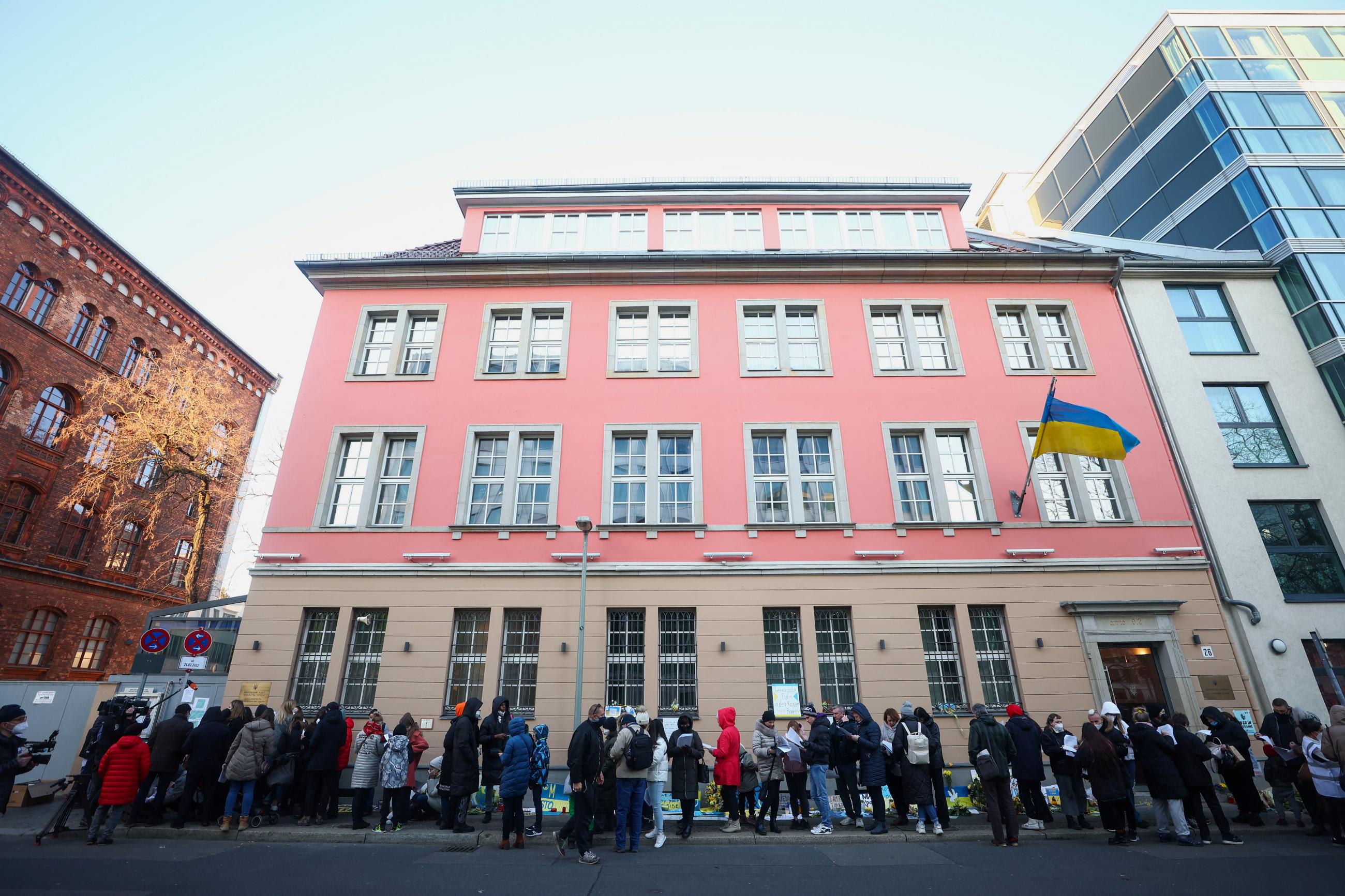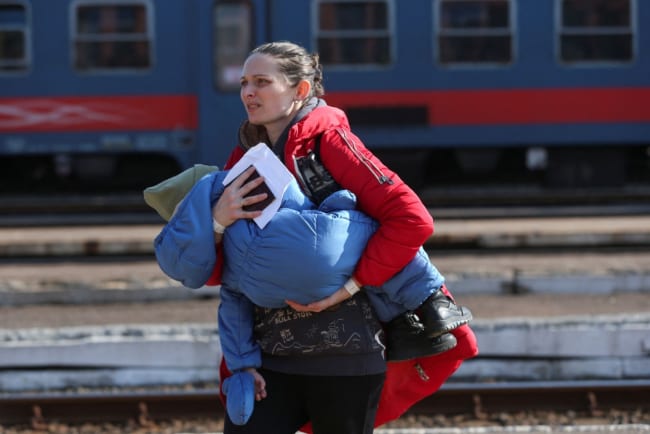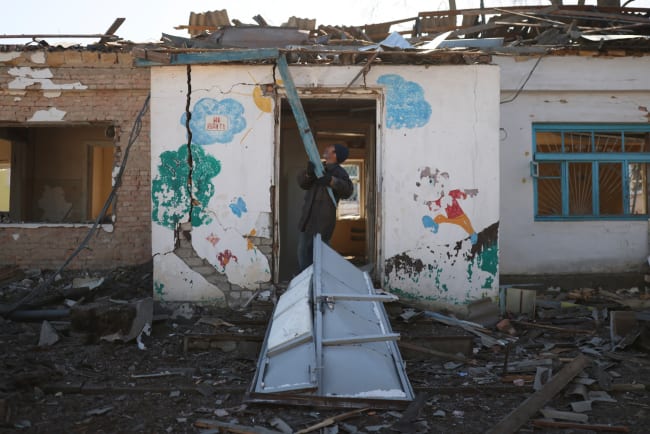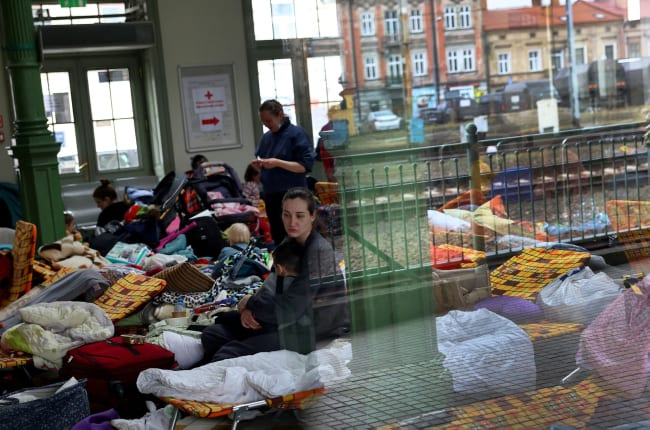Infectious disease has been a constant threat in every human conflict, but the crisis in Ukraine presents an urgent challenge that we have not faced since World War I. When a war and a pandemic collide, disease containment measures become increasingly challenging to implement as resources are shifted to manage military priorities. There is an acute possibility that Russia's invasion of Ukraine will prolong or worsen COVID-19 in the region and open a pathway for other preventable diseases to spread rapidly.
When a war and a pandemic collide, disease containment measures become increasingly challenging
Disease control is complicated even during peacetime. Measles and polio vaccination rates in Ukraine are estimated to be below the recommended levels to stop outbreaks, while tuberculosis treatment coverage struggles to keep pace with the country's disease burden. As vital immunization and treatment programs are halted in Ukraine, these and other diseases are primed for a comeback.
Equally concerning, the destruction of water and sanitation systems in some Ukrainian cities and towns, and the systematic attacks on dozens of health facilities, may produce the conditions for other highly transmissible diseases to sweep through the besieged population. Cholera, long thought to have been eradicated in Europe, was reported most recently in Ukraine in 2011 and poses an increased risk now that access to water and basic sanitation is compromised.
COVID-19 remains a significant risk, especially with recent surges across Europe. Ukraine was already heavily affected by the delta and omicron variants of coronavirus, with a weekly case rate increase of more than 5 percent and an average of more than 200,000 new cases each week just prior to the beginning of the war. As the civilian population shelters in crowded conditions or seeks refuge in neighboring countries, a perfect storm of overcrowding, suboptimal water and sanitation access, and overstretched public health systems can lead to increased spread of infectious diseases.
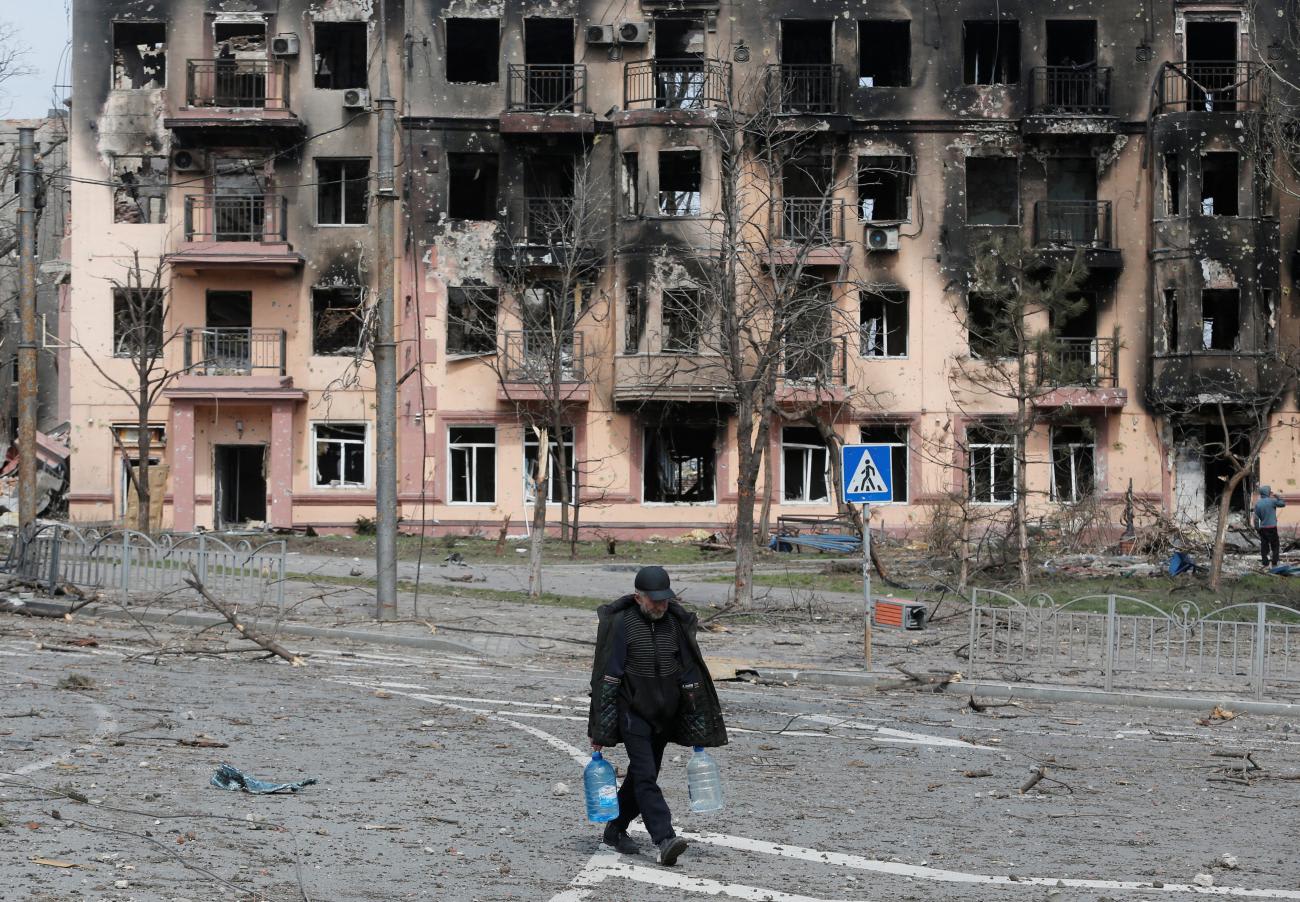
As part of a concerted security response, the European Union and other countries should mobilize an urgent effort to reduce the risk of infectious diseases in Ukraine and border countries Three efforts should be part of wartime public health support for Ukrainians, including the reinforcement of disease surveillance systems. Early detection and investigation of diseases are critical to finding and stopping outbreaks. Enhanced surveillance is required for a range of diseases based on risk due to conflict, overcrowding, and limited access to hygiene. Diseases that may not be seen regularly, such as measles and cholera, must be included as reportable conditions—meaning that their detection triggers a government notification—that require rapid response.
We should also see an escalation of immunization initiatives for COVID-19 and other vaccine-preventable diseases for refugees and host communities. Ensuring access to water, sanitation, adequate nutrition, and easy access to health services will help limit the risk of outbreaks and improve the trust between refugee and host communities with regard to health systems.
There should be an escalation of immunization for COVID and other vaccine-preventable diseases for refugees and host countries
It's important not to overlook the importance of basic coordination and communication. Provision of health care in a conflict zone across a region such as Europe will be provided by a range of actors including governments, the UN, the Red Cross, non-governmental organizations, and private medical facilities. Rapid reporting of public health events, tracking changes in disease trends, and setting clear responsibilities for investigation and control of infectious diseases will be essential if surveillance systems are to provide the early warning system that is required to reduce vulnerability to a large outbreak that could cross borders.
Although World War I contributed to the gravity of the 1918 pandemic—which killed 3 to 6 percent of the global population—so did the lack of disease knowledge at the time. Fortunately, that is not the case with the current pandemic. We have a tremendous body of knowledge on how to combat COVID-19 and other communicable diseases, including tools such as vaccines and antivirals, that were not available a century ago.
Nevertheless, we face a rapidly narrowing window in which to prevent a resurgence of diseases not seen on a mass scale in Europe for decades. We must act purposefully to establish and maintain strong surveillance systems and rapid response measures, even as health systems and health workers are attacked and overwhelmed by conflict and COVID-19. We cannot lose sight of this imperative if we hope to protect public health systems in Ukraine and the rest of Europe during the current crisis, and in the years to come.
